Mahindra BE 6E Dominates Tata Curvv.EV In Specifications: Here Is How


Mahindra has once again stirred the market with the unveiling of its Born Electric SUV range, currently comprising the BE 6e and XEV 9e. Both of them come with competitive introductory pricing and can put up serious fights against their respective rivals. The specifications provided at these price points could potentially disrupt the current competitive landscape. The BE 6e- Tata Curvv.EV fight has already become a topic of discussion. In case you too are talking about it, here’s a quick specification-based comparison between these electric vehicles.
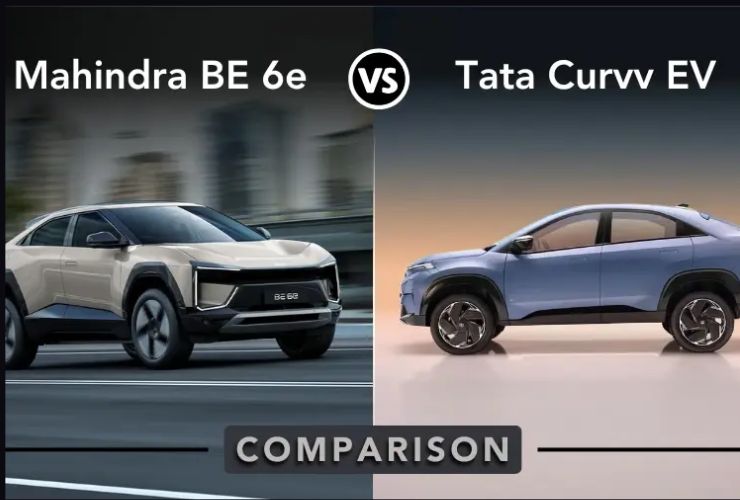
The BE 6e excels with its dimensions. Despite still being a compact electric SUV, it has impressive length, width and wheelbase- meaning ample if not generous room inside. Penning a BE 6e vs Curvv EV comparison, the Mahindra is longer than the Tata by 61mm, measuring 4371 mm.
The wheelbase of BE 6e is 2775mm while that of the Curvv.Ev is 2560 mm. This marks a difference of 215 mm, and is mainly because the BE 6e sits on a dedicated EV platform. Mahindra has played it generous with the wheelbase and altered the front and rear overhangs to bring about the difference in the net length. To give you more context on how long the wheelbase here is, the Citroen C5 Aircross comes with a wheelbase of 2,730 mm – which is still lesser than that of the BE 6e.

The Mahindra EV is also wider than the Curvv EV ( 1810 mm) by almost 100mm. It measures 1907mm in width. More width means better street presence, stabilcity and more cabin room. It is, however, slightly shorter the Curvv EV which stands at 1637 mm. At 207mm, the ground clearance of the Mahindra is also more than that of the Curvv.EV’s 190 mm.
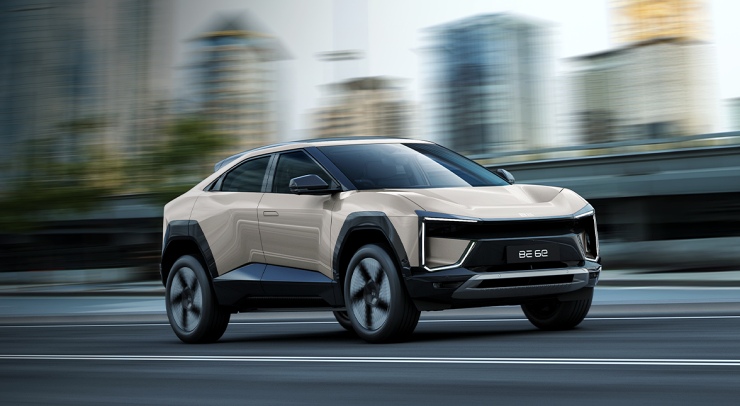
Now take the case of storage. The Curvv.EV offers a total of 500 litres in its boot. Another 11.5L could fit inside the front boot ( frunk). That makes it a total of 511.5 litres. The BE 6e has a 455L trunk and a 45-litre frunk. This makes the total storage of 500L. The winner here is the Curvv EV. Another thing to note here is that the BE’s frunk is quite usable – you can store up to 30 kilograms in there, while on the Tata coupe, the maximum you’d be able to store would be the chargers.
Adding to its practicality, the BE 6e has a shorter turning radius than the Tata. The BE 6e, further comes with 3 different wheel sizes- 18 (base), 19 and 20 inches (optional) while the Curvv.EV is only available with 17 and 18-inch wheel sizes.
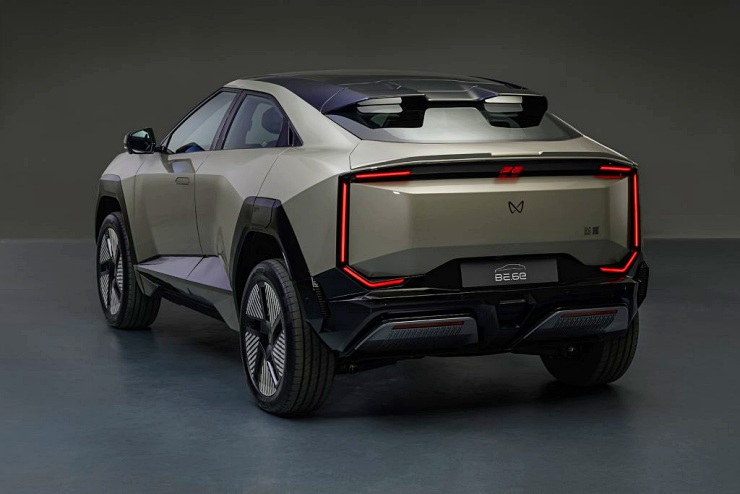
Tata Curvv.EV and Mahindra BE 6e house entirely different approaches to EV design. The Curvv.EV is based on what could be called a heavily reworked version of an ICE platform- which Tata now calls the Acti.EV.
The BE, on the other hand, is based on a battery-electric skateboard platform, called INGLO. It is highly scalable and versatile. The vehicle here, is built around the battery, allowing for greater flexibility and packaging efficiency. The platform supports RWD (rear wheel drive), FWD (front wheel drive) and AWD (all wheel drive). By default, it comes with an RWD from the factory—the Curve.EV gets just FWD for now.
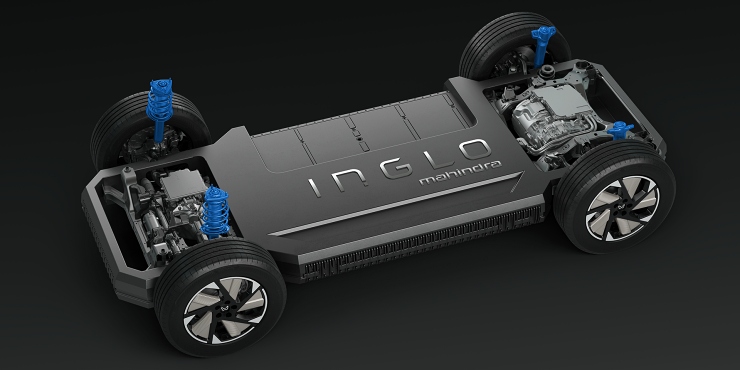
Let’s now consider the powertrain choices. The Curvv.EV has what Tata Motors calls a gen-2, liquid-cooled PMS electric motor that produces 167 PS of peak power and 215 Nm of peak torque. The top speed is limited to 160 Kph and 0-100 is claimed to be done in 8.6 seconds.
The Mahindra BE 6e uses a motor mounted at the rear, driving the rear wheels. It’s capable of producing 282 bhp and 380 Nm. 0-100 kph takes just 6.7 seconds. Top speed is well over 200 Kmph.
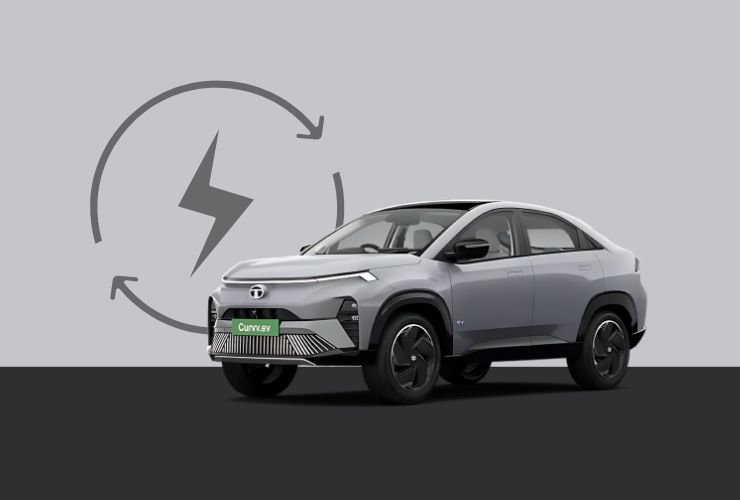
Now, let’s compare the battery packs and range. At launch, the Curvv.EV was offered with two battery packs – 45 kWh and 55 kWh. The larger of these has a claimed range of 585 kilometres per charge (MIDC). The real-world range is 400-425 Kms. The 45 kWh unit is said to deliver 325 Km every charge.
The BE 6e instantly pulls rank over the Curvv.EV with its specifications. The EV offers two battery packs- 59 kWh and 79 kWh. These, if you see, are significantly higher than those of the Curvv.EV. The former is claimed to deliver 535 km in range and the latter is expected to return a range of around 682 km.
Both the Curvv.EV and BE 6e use LFP battery packs. Mahindra’s first electric SUV- the XUV 400- used to have NMC-based battery packs. The new BEV has made the shift to LFPs and better, to BYD-sourced Blade cells. Mahindra has been tight-lipped about the BYD origin, but it is obvious as these use Blade cells- a BYD-patented tech.
With the extremely competitive packaging and placement of the BE 6e, the Curvv.EV now finds itself in the middle of a more fierce competition. Tata Motors plans to introduce more variants to the Curvv.EV in the following days, to stay strong and fit in the game.